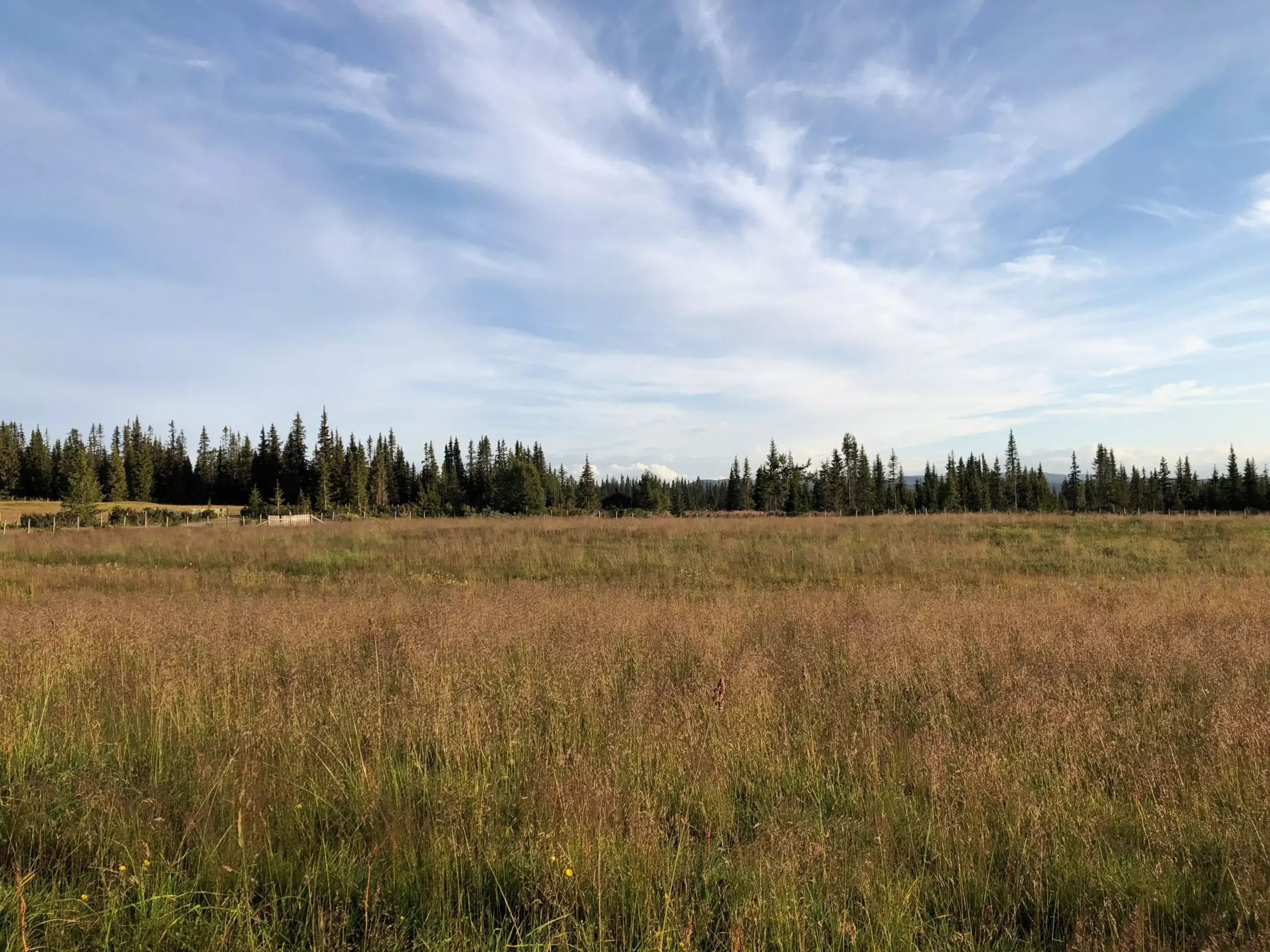As climate change continues its relentless advance, researchers are uncovering profound and unsettling dynamics that threaten the balance between our food supply and timber resources. A new study from the University of Cambridge has illuminated a troubling competition for land that is becoming increasingly evident. While the rise of vineyards in Britain may appear as a positive adaptation to warmer climates, it belies a more complex and possibly catastrophic scenario brewing beneath the surface. Regions once deemed unsuitable for agricultural production are now shifting, and the land essential for producing timber is intersecting dangerously with the need for food crops.
According to the study, which utilized satellite data to assess the changing climate dynamics, more than a quarter of the existing forestry lands worldwide—an area comparable to the size of India—are projected to transition to agricultural viability by the end of the century under pessimistic climate scenarios. This change begs the question: who will benefit from this shift, and at what cost? With the demand for food and timber both escalating significantly, researchers argue that the competition for land will intensify, creating an existential dilemma for policymakers and society alike.
The most alarming aspect of this research is the prediction that nearly 90% of the newly arable land will be concentrated in a few major countries: the United States, Canada, China, and Russia. Particularly concerning is the vast northern expanse of Russia, where millions of hectares now dedicated to timber production will become increasingly suitable for cash crops like soy, potatoes, and wheat.
Dr. Oscar Morton, a co-leader of the study, emphasizes an essential truth: the earth’s land mass is finite, and the competing needs for food and wood create a dilemma that cannot be ignored. The need to think strategically about future timber stocking is urgent, given that trees grow at a slower pace than many food crops. In light of projected population growth, which will nearly double global food demand by 2050, there is an increasing necessity to consider how to maintain a sustainable balance between these essential resources.
Moreover, with timber being a low-carbon alternative for construction, its demand will rise in parallel to food needs. The pressure to yield agricultural land from timber resources may drive harmful logging practices into untouched ecosystems, resulting in a detrimental cycle of biodiversity loss and carbon emission increases.
The reality is stark: if we fail to act decisively and strategize proactively, we risk exacerbating an already precarious environmental situation. Climate change has already spurred severe pressures on timber production through increased incidence of wildfires and the spread of pests like the Bark Beetle. The research highlights the contrast between how climate change benchmarks are met, with even the best-case scenarios projecting significant changes to the regions suited for timber and crop production.
Emerging economies, along with developed nations, must recognize the long-standing and intertwined relationships between timber and agricultural production before it’s too late. Leaving conservation of remaining wilderness areas as a low priority could exacerbate existing environmental challenges. Experts caution that encroaching agricultural expansion into primary forests endangers some of the planet’s most biodiverse ecosystems.
As the discourse around food and timber grows more urgent, David Edwards, a senior author of the study, advocates for a dual focus on both resources. Addressing wood supply may not seem as immediately pressing as ensuring food security, but reliance on timber in our daily lives proves its significant role in sustainability frameworks. Resultantly, it is essential to develop comprehensive strategies that ensure both food and timber security moving forward.
The findings advocate not only for shifts in agricultural practices but also prompt a broader discussion on land use policy, forest management, and climate resilience. By considering the complete ecosystem in which these critical resources exist, global populations can adopt a more integrative approach to natural resource management.
In sum, the competition for land between agricultural and timber production foretells of a challenging future, with the onus on us to act decisively. The importance of sustainable practices and implementations that prioritize long-term ecological balance cannot be overstated. As we forge ahead in the age of climate change, recognizing the interdependence of our food and timber systems will be vital to navigating the complexities that lie ahead. The call to action is clear: we must establish a robust framework that accommodates the necessity for both resources while preserving the environment for future generations.


Leave a Reply